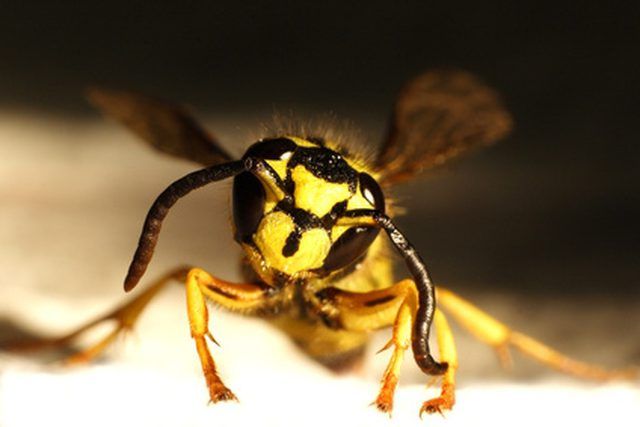Bulbs
Flower Basics
Flower Beds & Specialty Gardens
Flower Garden
Garden Furniture
Garden Gnomes
Garden Seeds
Garden Sheds
Garden Statues
Garden Tools & Supplies
Gardening Basics
Green & Organic
Groundcovers & Vines
Growing Annuals
Growing Basil
Growing Beans
Growing Berries
Growing Blueberries
Growing Cactus
Growing Corn
Growing Cotton
Growing Edibles
Growing Flowers
Growing Garlic
Growing Grapes
Growing Grass
Growing Herbs
Growing Jasmine
Growing Mint
Growing Mushrooms
Orchids
Growing Peanuts
Growing Perennials
Growing Plants
Growing Rosemary
Growing Roses
Growing Strawberries
Growing Sunflowers
Growing Thyme
Growing Tomatoes
Growing Tulips
Growing Vegetables
Herb Basics
Herb Garden
Indoor Growing
Landscaping Basics
Landscaping Patios
Landscaping Plants
Landscaping Shrubs
Landscaping Trees
Landscaping Walks & Pathways
Lawn Basics
Lawn Maintenance
Lawn Mowers
Lawn Ornaments
Lawn Planting
Lawn Tools
Outdoor Growing
Overall Landscape Planning
Pests, Weeds & Problems
Plant Basics
Rock Garden
Rose Garden
Shrubs
Soil
Specialty Gardens
Trees
Vegetable Garden
Yard Maintenance
How to Get Rid of Bees in Lawn
How to Get Rid of Bees in Lawn. Most burrowing bees---other than bumblebees---are non-aggressive and are important pollinators. People often mistake yellow jackets and other species of wasps for bees; these pests are far more formidable because they can sting repeatedly and are more hostile than most varieties of bees. Before attempting to destroy...

Most burrowing bees---other than bumblebees---are non-aggressive and are important pollinators. People often mistake yellow jackets and other species of wasps for bees; these pests are far more formidable because they can sting repeatedly and are more hostile than most varieties of bees. Before attempting to destroy a buried hive, try to gather a specimen of the insect and have someone with knowledge of bugs identify it. The safest way to destroy a hive of stinging pests is to call an expert to do it.
Things You'll Need
Markers (small flags, balls, etc.)
Insecticide
Protective clothing
Garden hose
Identify the insect burrow. Locate the main entrance and observe the pests during the day to determine if other entrances exist. Place some kind of marker beside each entrance.
Buy an insecticide, preferably a powder, specifically formulated for the particular pest you wish to eradicate at a garden supply store. Read the label carefully; it's best to ask a sales clerk knowledgeable in pest control.
Wait until a particularly cool evening. Hive insects return to their burrows at dusk, so you're more likely to kill the entire colony if you attack at night. Cool air slows the metabolism of insects and renders them less aggressive.
Don protective clothing, especially if using a spray insecticide. Wear heavy non-woolen clothing (wool is very porous; many insects can sting through even heavy garments), preferably in layers, including gloves and a brimmed hat draped with tight-weave netting, such as mosquito netting. Make sure you have no exposed skin.
Spray or sprinkle insecticide into every entrance to the hive. A spray may aggravate the pests, causing them to swarm and attack even at night; a powder poison is less likely to have this effect and lasts longer. Insects entering and leaving the colony will pick up bits of powdered poison and deliver them deep into the hive, increasing effectiveness.
Drown the hive if insecticides fail to work. Shove a garden hose into the main entrance of the colony and turn the water on. Leave the hose running until water pools on the lawn. This will probably not kill all of the pests, but the survivors will likely relocate.
Tips & Warnings
Honeybee populations are dwindling steadily all over North America. If a hive of honeybees has colonized your yard, consider contacting an apiarist (beekeeper) to come and remove the hive for you. The apiarist will save the hive and relocate it, usually in exchange for the valuable queen and the honey, and it won't cost you a dime.
Yellow jackets are the most common burrowing stinging insects that closely resemble bees, and they can be extremely aggressive when defending their hive. As members of the wasp family, they can sting repeatedly and have powerful mandibles with which they inflict painful bites. If the colony infesting your lawn is a yellow jacket hive, you should call a professional exterminator.